

Table of contents
- Characteristics
- Location
- soil / substrate
- tub culture
- plant neighbors
- Plant
- tub culture
- Repotting / Transplanting
- tub culture
- Pour
- tub culture
- Fertilize
- Fertilize outplanted specimens
- Fertilizing potted plants
- Cut
- Hardiness / Hibernation
- multiply
- Diseases
- sorts
The Japanese maple is a popular ornamental tree because of its impressive autumn colors. It is a must in a Japanese-style garden. There is a risk of confusion with Acer japonicum (Japanese maple), a close relative of Japanese maple.
Characteristics
- Botanical name: Acer palmatum
- Common names: slotted maple; occasionally red fan maple, falsely Japanese fan maple
- plant family: soap tree plants (Sapindaceae)
- Leaves: up to 20 centimeters long, lobed or slit, often with colored shoots, autumn colour
- growth form: bushy, as a shrub or tree
- growth height: 100 to 500 centimeters (depending on variety)
- growth width: 50 to 300 centimeters (depending on variety)
- Blossom: inconspicuous, May to June
- Poisonous: no
- Use: ornamental tree
Location
Whether the Japanese maple develops green or colored leaves depends on the variety. However, its impressive autumn colors are influenced by the location. That's why you should take him to one
- sunny
- sheltered from the wind
plant location. A partially shaded spot is tolerated, but at the expense of the autumn colors. Regardless of the light conditions, the microclimate should be favourable, as late frosts can damage budding.
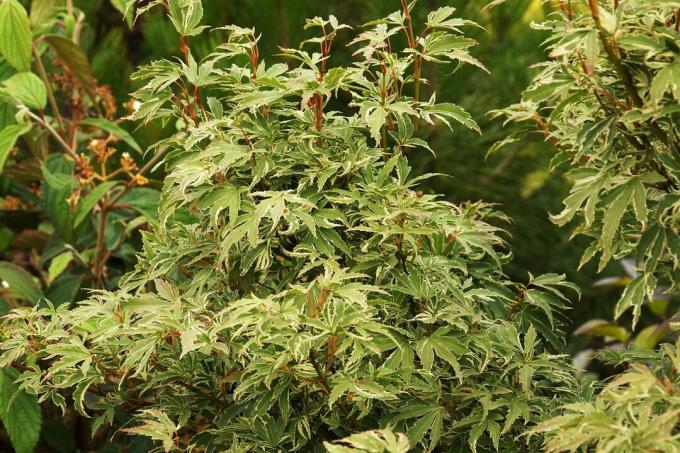
soil / substrate
Since Acer palmatum does not tolerate waterlogging at all, the soil should definitely
- relaxed,
- permeable
- be humorous.
Heavy, compacted or wet soil spells death for Japanese maples. Sandy-humic loamy soils are ideal. The pH should be slightly acidic (low in lime) and range from 4.5 to 7. However, slightly alkaline soil is also possible.
Tip:
Pure sandy soils can be improved with plenty of humus. Since the Japanese maple suffers very quickly from a lack of water under these soil conditions, you should plant it in a slightly shady location in this case.
tub culture
When keeping them in buckets, waterlogging must be avoided at all costs. Therefore, you should only use permeable substrate for potted plants. So that the potting soil does not lose this property, you should mix in clay granules or expanded clay.
plant neighbors
Late-flowering perennials (monkshood, autumn crocus), ornamental grasses or autumn colors such as plumes or hazel go well with Acer palmatum as a solitaire. Often it also serves as a companion plant for rhododendrons. The autumnal play of colors comes into its own in a group if you combine varieties with red and (yellow-)orange autumn colors.
Plant
Late spring is the best time for planting in the garden. It is important that the ground is already a little warmer and that late frosts are no longer to be expected. Proceed as follows:
- Dig a planting hole
- Depth: root ball protrudes two centimeters, must not be covered with soil
- Plant in the middle
- Enrich the excavation with a good portion of mature compost
- fill up
- tread lightly on earth
- water vigorously
- scatter a few handfuls of horn shavings under the plant
- Cover the root area with a layer of bark mulch
Tip:
You should loosen up sandy and loamy soil to a depth of 30 to 50 centimeters (= 2 spade blades) over an area of about four square meters. (shallow roots)
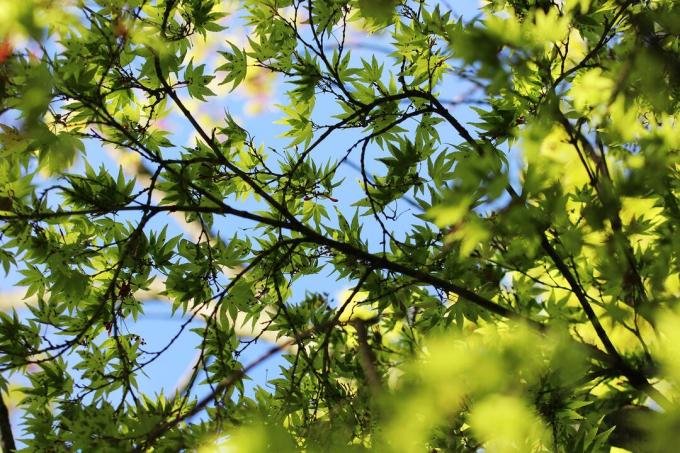
tub culture
- Pot size: at least 20 liters
- only use containers with a drainage hole
- Lay drainage out of gravel or shards of pottery at the bottom of the pot
- Put a layer of potting soil on top
- Plant in the middle
- fill up and pour
Repotting / Transplanting
If the Japanese maple has to give up its location, then you should move it at a young age. Because from the age of four he does not like a change of location at all. In addition, its roots have spread so much that digging it up and digging it in is extremely difficult.
tub culture
When kept in a bucket, Acer palmatum needs a larger planter from time to time. However, you should not repot it too often. As a rule, it is sufficient if you move it to a larger container every three to five years, depending on the growth rate.
Pour
Since the Japanese maple does not reach deeper layers of the earth as a shallow root, freshly planted and young specimens need additional watering. You should therefore water these Japanese maples plentifully in summer and in warm, dry periods. Older plants that already have a widespread root system are self-sufficient when it comes to water. Watering is only necessary if there is prolonged drought.
tub culture
Japanese maples kept in pots must be watered regularly in any case, as the roots cannot spread indefinitely. From September you should reduce watering so that the new wood can mature and Acer palmatum shows its impressive autumn colors.
Fertilize
Since Japanese maples do not have a high nutrient requirement, the motto when fertilizing is "Less is more!" You should also be careful because the roots run relatively close to the surface of the earth.
A notice:
If the Japanese maple gets too much fertilizer, this affects the autumn color of the leaves. It also loses winter hardiness.
Fertilize outplanted specimens
- Mix in compost when planting (do not fertilize in the first year)
- Apply liquid maple fertilizer from the second year
- add to the irrigation water every three to four weeks from April to August
Alternatively, you can spread horn shavings or a mixture of mature compost and horn shavings in the root area of the Japanese maple every year in spring or autumn. In general, fertilizing is recommended in the first few years after planting, as the additional nutrients accelerate growth.
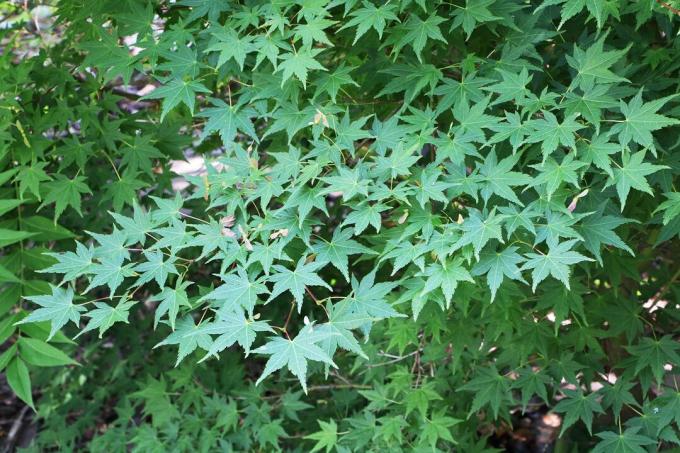
Fertilizing potted plants
- from April to mid-August
- once a month
- commercial liquid fertilizer is sufficient
Cut
There are different philosophies about the compatibility of Japanese maples with pruning. While some warn against cutting, others refer to the Atropurpureum variety as bonsai culture, which requires regular pruning. However, since Acer palmatum naturally forms a beautiful crown and does not tend to age, pruning (back) is hardly necessary.
If you need to prune the plant, you should do so at the end of the growing season in August or late summer. Cut off the offending shoot at the base. You should avoid cutting back into older wood, since Japanese maples only sprout again slowly and the crown looks disfigured for a long time as a result.
A notice:
Removal of dead, dried up, or damaged branches should survive Acer palmatum without further damage. When making these corrections, be careful not to cut into the old wood.
Hardiness / Hibernation
Acer palmatum is considered to be sufficiently frost hardy for the German winter. Temperatures down to -20 degrees Celsius (WHZ 6) are no problem for planted Japanese maples. In the bucket culture you should protect it from cold east winds and moisture. In harsh locations, additional winter protection is recommended.
multiply
Propagating Acer palmatum is possible. However, neither the cultivation with seeds nor with cuttings is considered practicable for hobby gardeners. One of the problems with seed propagation is that only 20 percent even begin to germinate. In addition, this type of propagation is not pure, so that the offspring can differ significantly from the mother plant in terms of leaf and autumn coloration. Although cuttings are varietal, propagation usually only succeeds in the greenhouse.
The prospects of home-grown Japanese maples are the most successful if you sow seeds of the wild species:
- best time in March
- Put seeds in a box with sand in the fridge for a week before sowing (stratify)
- protect young seedlings from late frosts with fleece
- hibernate frost-free in a cold house for the first winter
- only cultivate in the garden bed from the second year
A notice:
The various varieties in the garden trade are usually grafted plants. The wild species of Acer palmatum serves as a seedbed for the scions.

Diseases
The greatest danger for the Japanese maple is the Verticillium wilt. Since this fungal disease is incurable, the plant must be removed. It is strongly discouraged to replant in the same location, as the soil is contaminated with the fungus. This penetrates through the roots into the pathways and clogs them, blocking the supply of water and nutrients.
Typical symptoms are:
- dried, limp leaves
- dried shoots
- dying branches
sorts
atropurpureum
Acer palmatum Atropurpureum is the best-known cultivated form. It is also called red-leaved Japanese maple because of its crimson leaves in summer and bright red in autumn.
Fireglow
- Summer: bright velvet red
- Autumn colour: orange-red
Orange Dream
- Summer: yellow-green
- Autumn colour: orange-yellow
Oregon Sunset
- Summer: bright red
- Autumn colour: red-violet
moon fire
- Summer: dark violet-red
- Autumn colour: radiant deep red
 garden editorial
garden editorial I write about everything that interests me in my garden.
Find out more about F for sedum
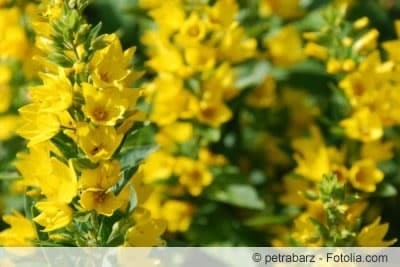
Loosestrife, loosestrife, loosestrife – care
Bright, yellow flowers characterize the loosestrife, which is also known under the name yellow loosestrife. Originally from Turkey, it is also becoming increasingly popular in local gardens. Since the plant is very vigorous, it needs the right care so that it does not crowd out the other garden plants.
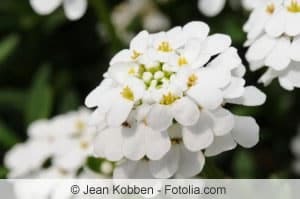
Rock Alyssum, Aurinia saxatilis – care & cutting
Rock Alyssum is relatively undemanding and also thrives on poor soil. If the site conditions and care are right, the plant blooms profusely and embellishes every garden area in spring with bright yellow flowers. Sufficient sunshine and a permeable soil are important, whereby the nutrient requirement of the Aurinia saxatilis is low.
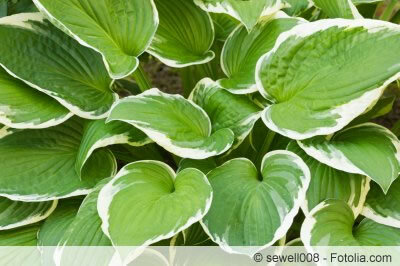
Hosta, hosta - care and propagation
Its picturesque beauty takes the viewer's breath away. Truly nobody can escape the magic of a Hosta leaf ornamental perennial. Perfectly matched to shady to semi-shady locations in the garden, hostas can hardly be surpassed in terms of presence. How the care and propagation succeed is no longer hidden from you here.

Foxglove, Digitalis purpurea - Care of the poisonous plant
The biennial garden flowers are ideal for rock gardens and wildflower meadows. But the foxglove, which grows upright, also stylishly adorns sloping and hill beds. The care conditions are simple, Digitalis purpurea can also be cultivated in the garden without spending a lot of time. Nevertheless, care should be taken when handling the distinctive plant.
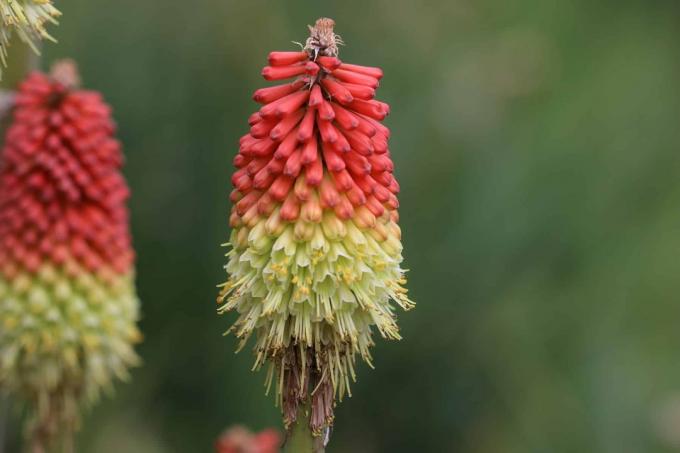
Torch lilies, Kniphofia - plants and care tips
The decorative inflorescences of the plants, also known as rocket flowers, resemble a torch on the outside. Torch lilies are particularly decorative in combination with tall grasses or ornamental leaf shrubs, but also as a companion plant to mullein, Inca lily or palm lily. When planting, good drainage is particularly important. Too much moisture can be problematic when it comes to maintenance.
Stonecrop, Sedum rubrotinctum - care and multiply properly
The Sedum rubrotinctum is one of the sedum plants and is a relatively easy-care indoor plant that can also move outside over the summer. Depending on the length of sunshine, the leaves of the plant change color into variegated hues that are a lovely sight. With appropriate care and suitable site conditions, the sedum thrives magnificently.


